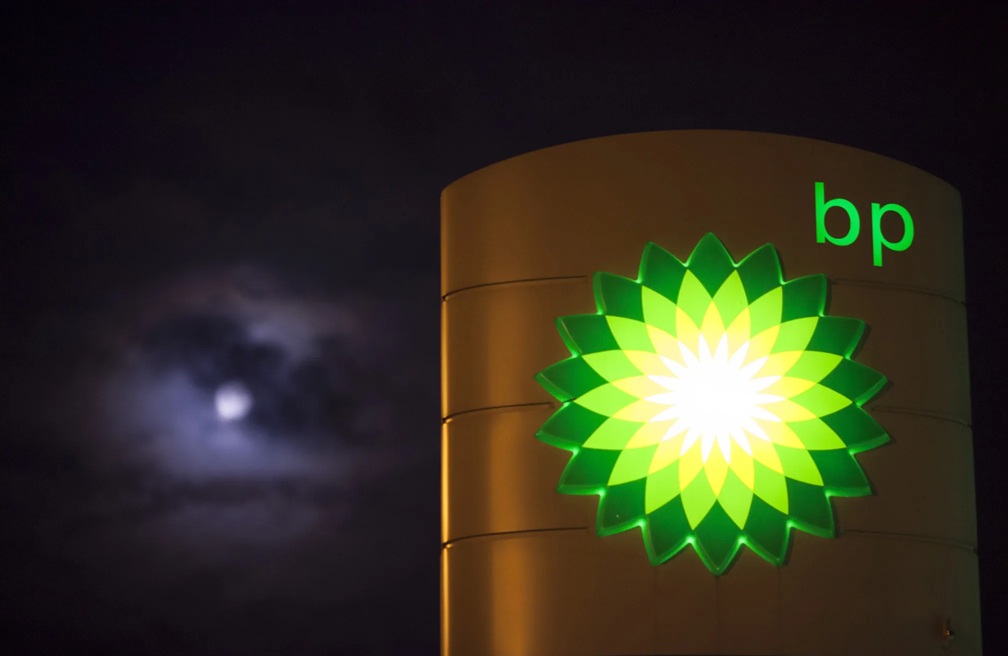LONDON, July 18 — British energy giant BP has announced the sale of its entire U.S. onshore wind business to LS Power, marking a significant shift in strategy as the company pivots back to its traditional oil and gas operations.
The deal, involving ten operational wind farms across seven U.S. states, forms part of BP’s broader plan to divest US$20 billion in assets by 2027. Financial details of the sale were not disclosed, but the wind portfolio comprises around 1.7 gigawatts (GW) of gross capacity, with BP’s net stake amounting to approximately 1.3 GW.
“This portfolio has great assets and fantastic people, but we’ve concluded we are no longer the best owners to take it forward,” said William Lin, BP’s Executive Vice President for Gas and Low Carbon Energy.
The transaction will see the wind assets integrated into LS Power’s Clearlight Energy platform. LS Power, a major player in the U.S. infrastructure and energy transition space, said the acquisition will expand its renewable energy footprint to roughly 4.3 GW of operating capacity, including wind, solar, battery storage, and gas assets.
The divestment comes as BP—under CEO Murray Auchincloss—steers away from its previous ambition to transition into a low-carbon energy leader. In recent months, the company has faced growing pressure from investors, including activist hedge fund Elliott Investment Management, to improve shareholder returns by narrowing its focus on core oil and gas activities.
BP has already secured US$1.5 billion in divestments this year, and aims to close the LS Power deal by the end of 2025, subject to regulatory approvals.
Industry analysts view the sale as a reaffirmation of BP’s strategic U-turn, following years of mixed results in its clean energy ventures. The company is also reportedly considering a sale of its Castrol lubricants business and a reduction in investments in its solar subsidiary, Lightsource BP.
The exit from U.S. onshore wind underscores a broader recalibration of energy strategies across the oil and gas sector, as traditional energy players grapple with balancing green commitments and investor expectations for profitability.




